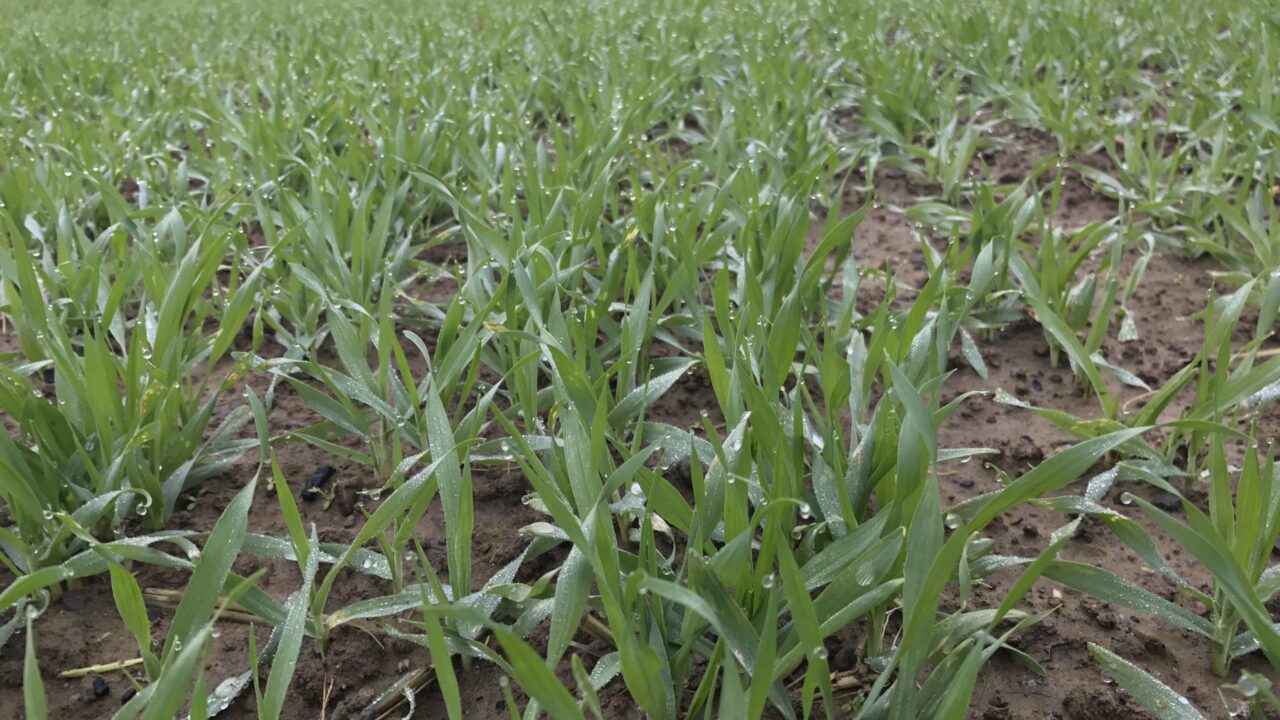Aphid counts for the third week of November dropped to 7.6/m², from 14.7/m² the week before.
These counts were taken in Teagasc Oak Park from one single field of winter barley, which did not receive any insecticide treatment.
A large proportion of winter barley was sown in the early part of October and so the drop in numbers comes at an ideal time for growers who planted winter barley with Redigo Deter seed dressing.
The dressing gives protection for approximately six weeks. In mild winters – which can give rise to higher aphid numbers – advice would be to spray crops. However, when aphid numbers and temperatures are low, the risk of BYDV is reduced.
In the second week of November 2017, counts were at 27.9/m². However, numbers were significantly lower this year at 14.7.1/m².

